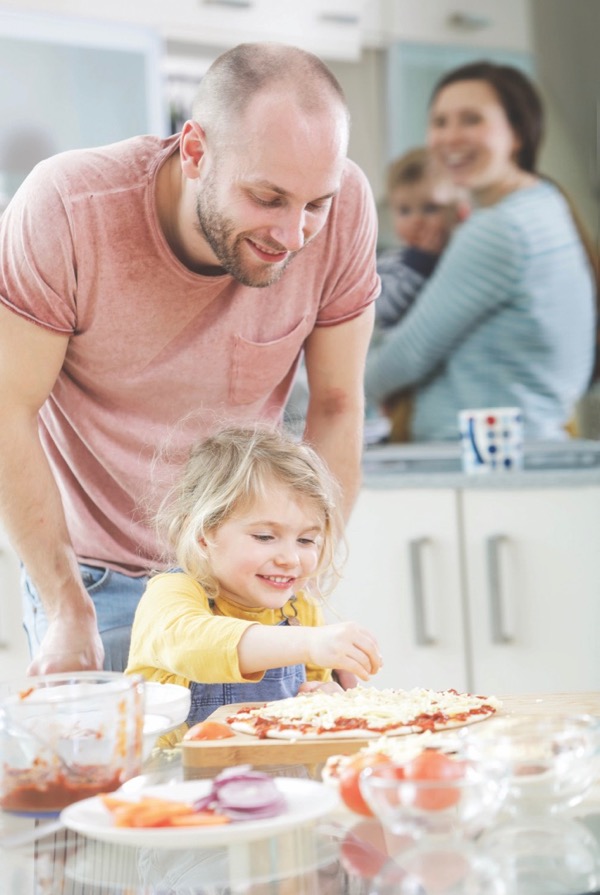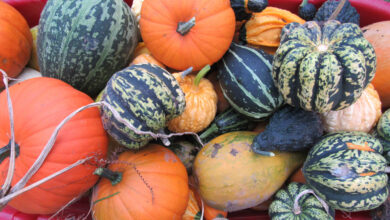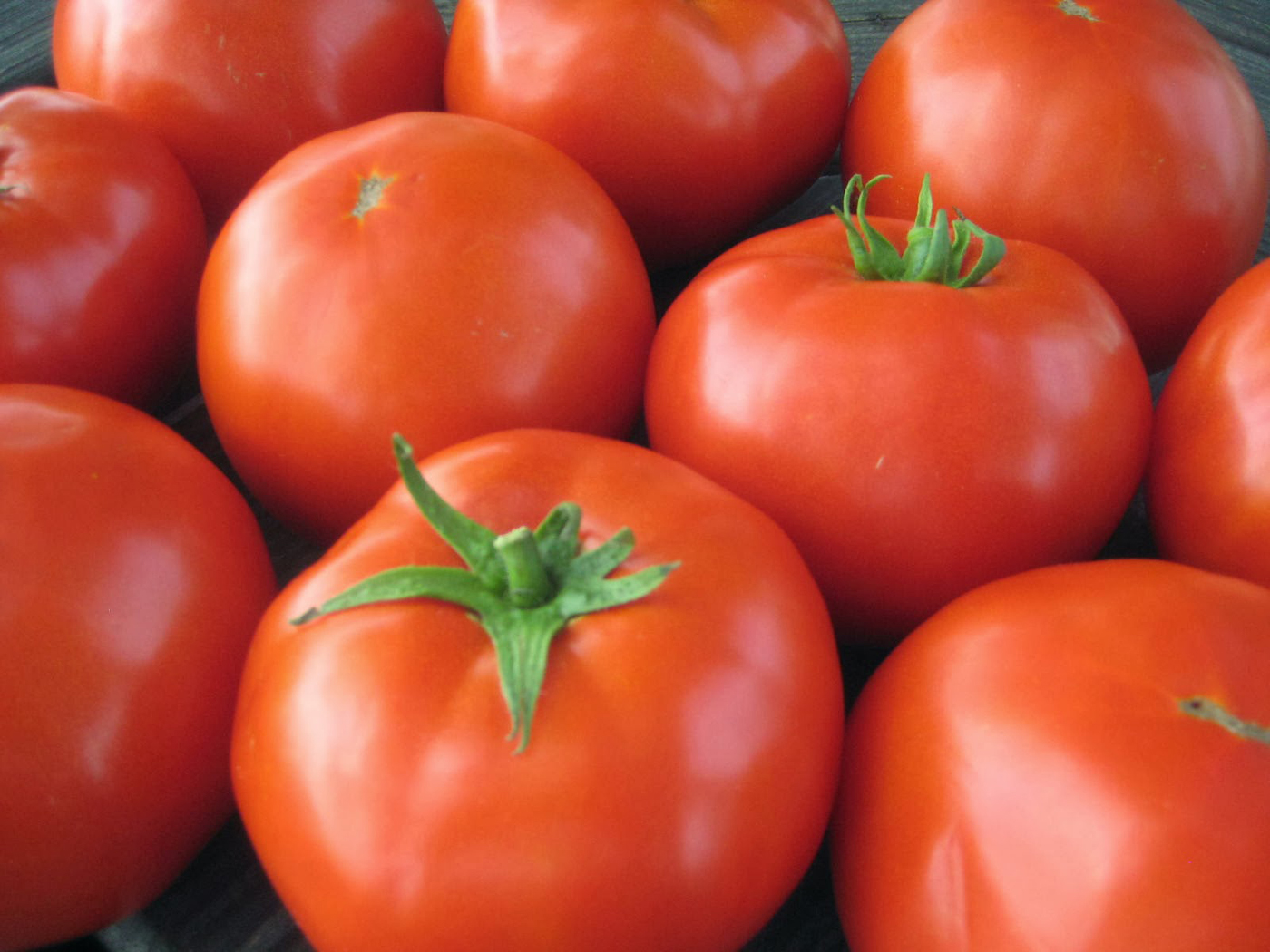Make it a tradition…A guide to cooking with kids

Children may start their culinary careers crafting mud pies in their backyards, but that creativity and imagination soon may translate into foods they can actually eat. Many kids love cooking because it can be fun and messy, which are two qualities that children find hard to resist.
Parents can foster their children’s love of cooking and help them along the way with these tips.
• Be patient. Going into the cooking experience knowing there will be a mess, typically when young children are involved, can help you prepare. Toddlers have not yet mastered manual dexterity, so they’re bound to spill and drop. Put a plastic tablecloth under the work area and on the floor to help catch what falls. Also, cooking with youngsters likely will take more time than it normally would, so set aside extra preparation and cooking time.
• Teach kids good hygiene. Hygiene is important and can prevent foodborne illnesses. Make sure everyone involved in cooking, including children, washes his or her hands before cooking begins and continues to do so after handling foods, particularly raw meat and poultry. Hair should be tied back, and separate prep surfaces should be designated for produce and meats.
• Assign age-appropriate tasks. Consider age and maturity levels when assigning tasks in the kitchen. Even children as young as 3-years-old can chop food if they are provided a serrated butter knife with a rounded point and soft vegetables or fruits. This helps teach knife skills that kids can develop more thoroughly in the future. Children can mix and add ingredients as well. As kids get older, parents can decide the right time to let them use the stove.
• Experiment with dough. Kids can have a blast with dough, particularly rolling out pie crusts and pasta. They also can make dumplings and then fill them with vegetables. Many cookware retailers sell small rolling pins that are easy for kids to handle.
• Practice measuring together. Let children read the recipes and be in charge of portioning out ingredients. This reinforces classroom lessons about temperature, ratios and fractions.
• Move on to more sophisticated tasks. Around age eight or nine, children can take on jobs like opening cans, scooping batter, pounding poultry, proofing yeast, skewering kabobs, and slicing bread, according to cooking educator Julie Negrin. Negrin notes that children between the ages of 10 and 12 can start working independently in the kitchen so long as an adult is in the home. Ultimately, children can cook without close supervision.
Children also can be involved in cooking by helping to draft shopping lists and taking trips to the supermarket. This shows kids the complete process of gathering ingredients for meals, what they cost and how they are made before foods make it to the dinner table.
Metro




